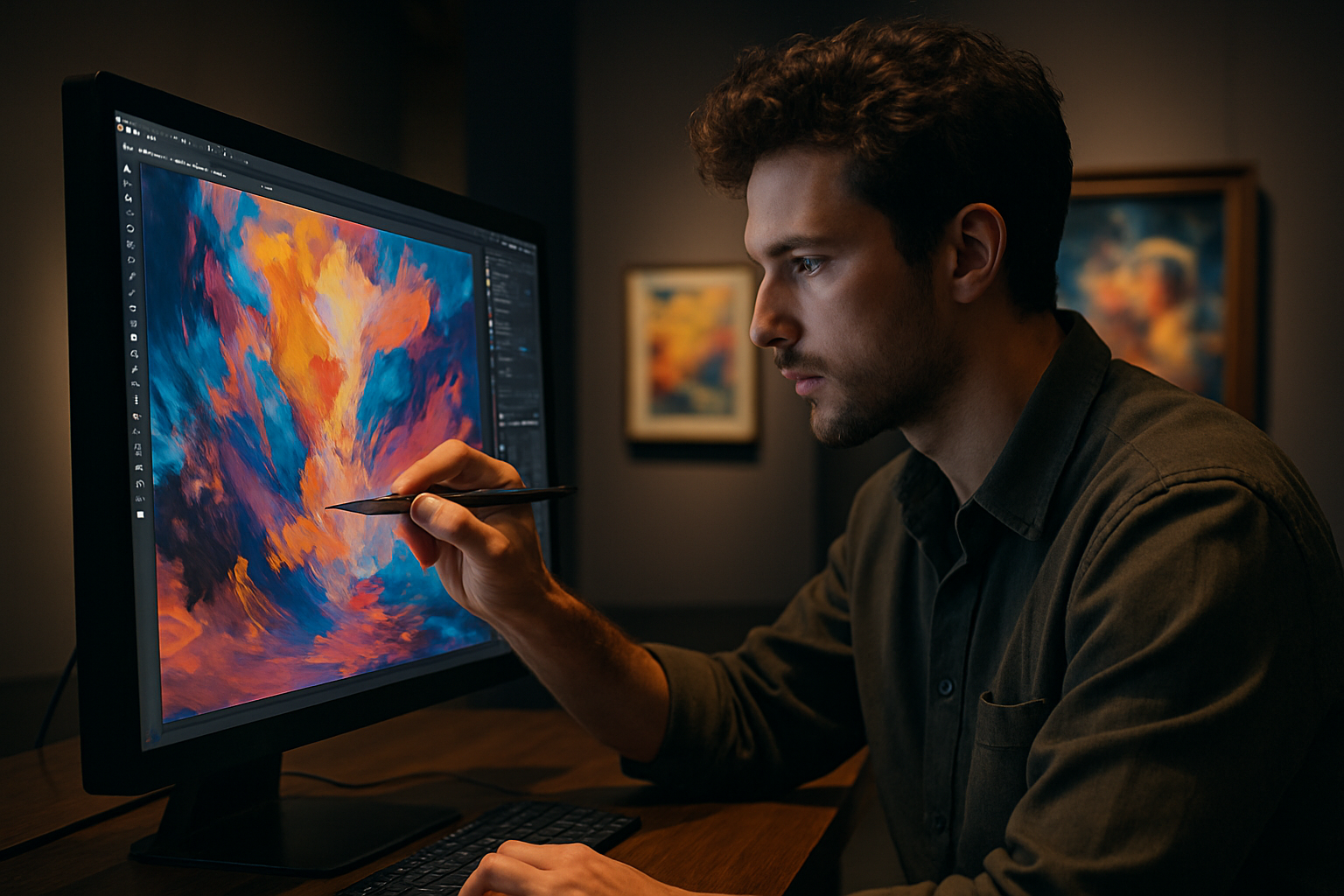Unmasking the Intricacies of Modern Mime: A Silent Revolution in the Arts
Introduction: Dive into the evolving world of modern mime—an art form that is silently taking the stage by storm. Offering a compelling exploration of this often overlooked performance style, this article illuminates its rich history, current trends, and the significant impact it's making in today’s entertainment industry.

The Mime: A Background
The art of mime has a long and fascinating history. Born centuries ago as pantomime in Ancient Greece, it has undergone numerous transformations over the years. The modern mime, as we know it today, truly took shape in the early 20th century with practitioners like Étienne Decroux and Marcel Marceau. They stripped away the comedic and grotesque masks of pantomime, to reveal a more refined, expressive art form. Marceau, in particular, elevated mime to an internationally respected discipline with his iconic character “Bip.”
Modern Mime: An Evolution in Silence
Fast forward to the 21st century, and mime is experiencing a radical evolution. It’s by no means stagnant or outdated. Artists today are taking cues from the past and reinterpreting them, fusing mime with contemporary elements from dance, theater, and even technology. They are pushing the boundaries, creating a new language of silent expression that resonates with modern audiences.
In Light of Recent Events
The recent pandemic has made a surprising contribution to the resurgence of mime. With theaters closed and performances canceled, artists have turned to the digital stage. Mime, with its inherent visual and non-verbal nature, has proven to be well-suited to virtual platforms, gaining a broader, global audience.
Impact and Reception
The impact of this modern mime revolution is significant. It’s not only opening up new avenues for artistic expression but also challenging our conventional understanding of communication. The reception, too, has been overwhelmingly positive. Critics and audiences alike are lauding the innovative ways in which mime artists are engaging with contemporary issues and narratives.
The Future of Mime: A Silent Revolution
As we look to the future, the trajectory of mime seems promising. With modern practitioners continuously redefining its boundaries, mime is being recognized as a powerful, universal language. Silent yet expressive, minimal yet profound—mime is indeed staging a quiet revolution in the arts and entertainment industry.
In conclusion, modern mime is far from the stereotypical white-faced performer trapped in an invisible box. This art form has a rich history, an evolving present, and a promising future. It’s high time we gave it the attention and respect it deserves. After all, in the silent world of mime, actions truly speak louder than words.





